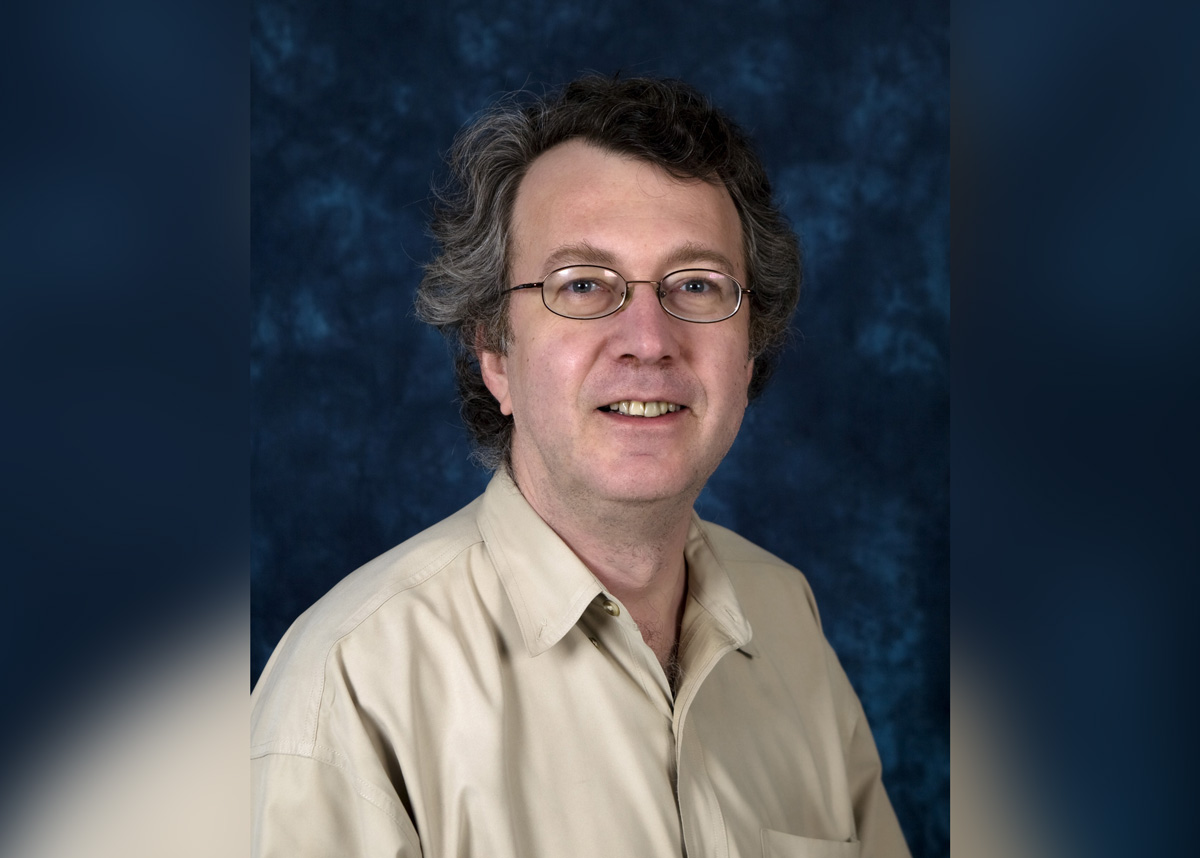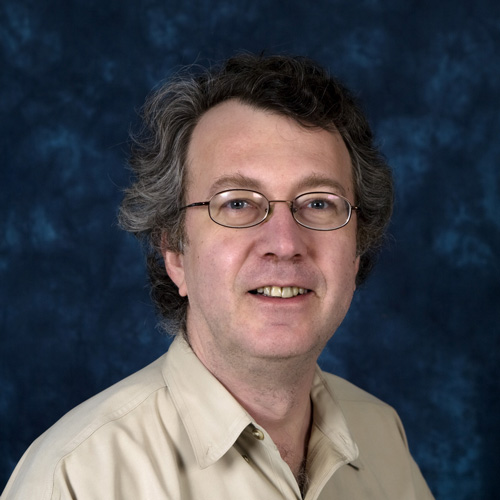About Mikhail Blagosklonny
Biography:
Mikhail (Misha) V. Blagosklonny graduated with an MD and PhD from First Pavlov State Medical University of St. Petersburg, Russia. Dr. Mikhail V. Blagosklonny subsequently relocated to the United States, where he was awarded the prestigious Fogarty Fellowship from the National Institutes of Health. During his fellowship in Leonard Neckers’ laboratory at the National Cancer Institute (NCI), he was a co-author of 18 publications on diverse biomedical topics, including targeting HSP90, p53, Bcl2, Erb2, and Raf-1. He also was the last author on a clinical phase I/II trial paper.
After authoring seven papers during a brief yet productive senior research fellowship in the El-Deiry Cancer Research Lab at the University of Pennsylvania, Dr. Blagosklonny returned to NCI to work with Tito Fojo. Together, they published 26 papers. In addition, Dr. Blagosklonny published dozens of experimental research articles and theoretical papers as sole author. These sole-author publications encompassed two important themes. The first of these focused on selectively killing cancer cells with deregulated cell cycle or drug resistance by exploiting their resistance. The results and underlying concept were so revolutionary that they were incorrectly cited by other scientists as “reversal of resistance,” even though the paper was titled, “Exploiting of drug resistance instead of [its] reversal.” One great supporter of this concept was the world-famous scientist Arthur Pardee, with whom Dr. Blagosklonny co-authored a joint paper in 2001.
The second theme throughout Dr. Blagosklonny’s sole-author publications is a research method to produce knowledge by bringing several facts together from seemingly unrelated fields. This results in new concepts with testable predictions, which in turn can be “tested” by analyzing the literature further. Once again, the concept was co-authored by Arthur Pardee in a 2002 publication in Nature. The first success of the new research method was the description of the feedback regulation of p53, as confirmed by the discovery of mdm2/p53 loop; and the explanation why mutant p53 is always overexpressed, published in 1997. The most significant result revealed by Dr. Blagosklonny’s research methods is the hyperfunction (or quasi-programmed) theory of aging and the revelation of rapamycin as an exceptionally well-tolerated anti-aging drug, published in 2006. As mentioned in Scientific American, Michael Hall, who discovered mTOR in 1991, gives Dr. Blagosklonny credit for “connecting dots that others don't even see.”
In 2002, Dr. Blagosklonny became associate professor of medicine at New York Medical College. He went on to assume responsibilities as a senior scientist at Ordway Research Institute in Albany, New York, in 2005, before accepting another position at Roswell Park Cancer Institute as professor of oncology in 2009.
Since coming to Roswell Park Comprehensive Cancer Center in 2009, Dr. Blagosklonny has studied the prevention of cancer (an age-related disease) by inhibiting organism aging — in other words, “preventing cancer by staying young.” His laboratory closely collaborated with Andrei Gudkov’s and conducted research on the suppression of cellular senescence, namely suppression of cellular conversion from healthy quiescence to permanent senescence. This led to the discovery of additional anti-aging drugs beyond rapamycin. The cell culture studies were complemented by studies in mice, including several models such as normal and aging mice, p53-deficient mice, and mice on a high-fat diet.
Dr. Blagosklonny has also published extensively on the prevention of cellular senescence by rapamycin and other mTOR inhibitors, life extension and cancer prevention in mice, and combinations of anti-aging drugs to be used in humans. A rapamycin-based combination of seven clinically available drugs has been named the “Koschei Formula” and is now used for the treatment of aging in patients at the Alan Green Clinic in Little Neck, New York.
Positions
- Adjunct Faculty
- Cell Stress Biology
Background
Education and Training:
- MD - Medicine, Pavlov Leningrad Medical University, Russia
- PhD - Medicine, Pavlov Leningrad Medical University, Russia
Board Certification:
- MD Certification
- Federation Licensing Examination (FLEX) Certification
- Educational Commission for Foreign Medical Graduates (ECFMG) Certification
Publications
- Leontieva OV, Demidenko ZN, Blagosklonny MV. Contact inhibition and high cell density deactivate the mammalian target of rapamycin pathway, thus suppressing the senescence program. Proc Natl Acad Sci U S A. 2014 Jun 17;111(24):8832-7. doi: 10.1073/pnas.1405723111. Epub 2014 Jun 2. PMID: 24889617; PMCID: PMC4066505.
- Leontieva OV, Paszkiewicz GM, Blagosklonny MV. Weekly administration of rapamycin improves survival and biomarkers in obese male mice on high-fat diet. Aging Cell. 2014 Aug;13(4):616-22. doi: 10.1111/acel.12211. Epub 2014 Mar 22. PMID: 24655348; PMCID: PMC4326934.
- Blagosklonny MV. Answering the ultimate question "what is the proximal cause of aging?". Aging (Albany NY). 2012 Dec;4(12):861-77. doi: 10.18632/aging.100525. PMID: 23425777; PMCID: PMC3615154.
- Blagosklonny MV. Koschei the immortal and anti-aging drugs. Cell Death Dis. 2014 Dec 4;5(12):e1552. doi: 10.1038/cddis.2014.520. PMID: 25476900; PMCID: PMC4649836.
- Leontieva OV, Natarajan V, Demidenko ZN, Burdelya LG, Gudkov AV, Blagosklonny MV. Hypoxia suppresses conversion from proliferative arrest to cellular senescence. Proc Natl Acad Sci U S A. 2012 Aug 14;109(33):13314-8. doi: 10.1073/pnas.1205690109. Epub 2012 Jul 30. PMID: 22847439; PMCID: PMC3421205.

